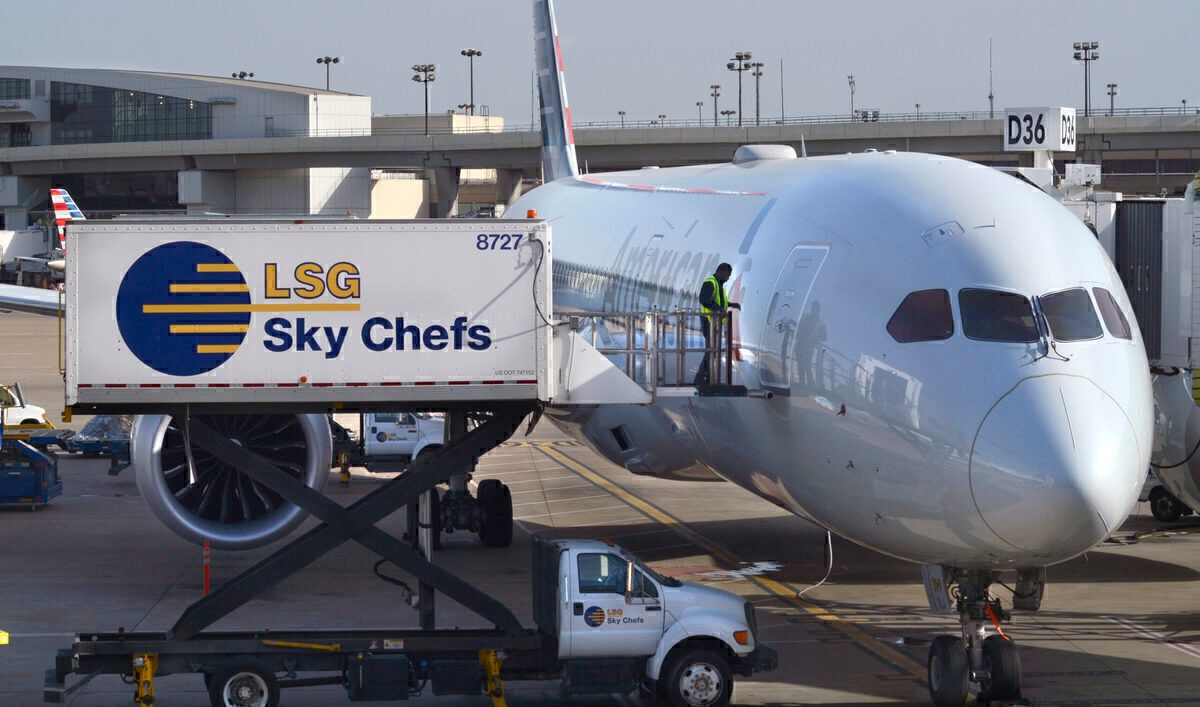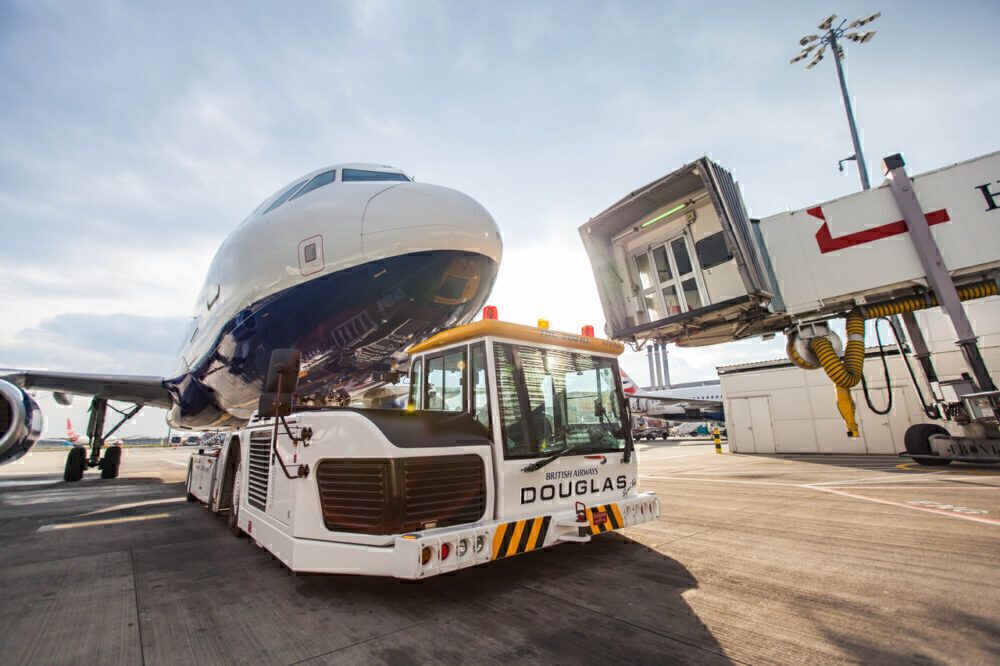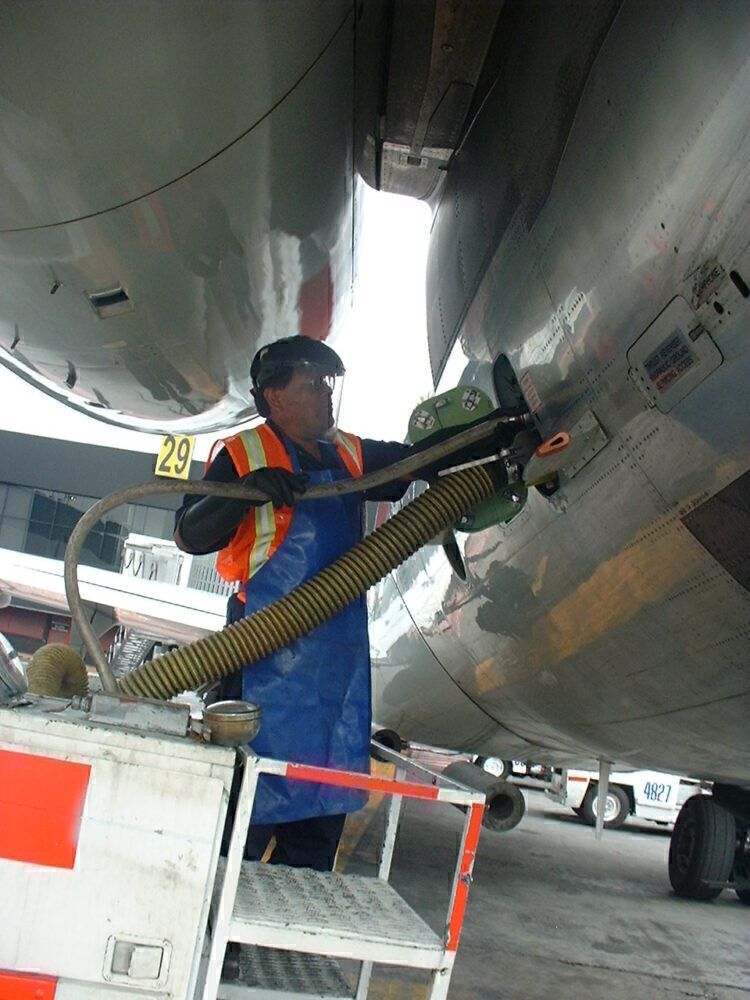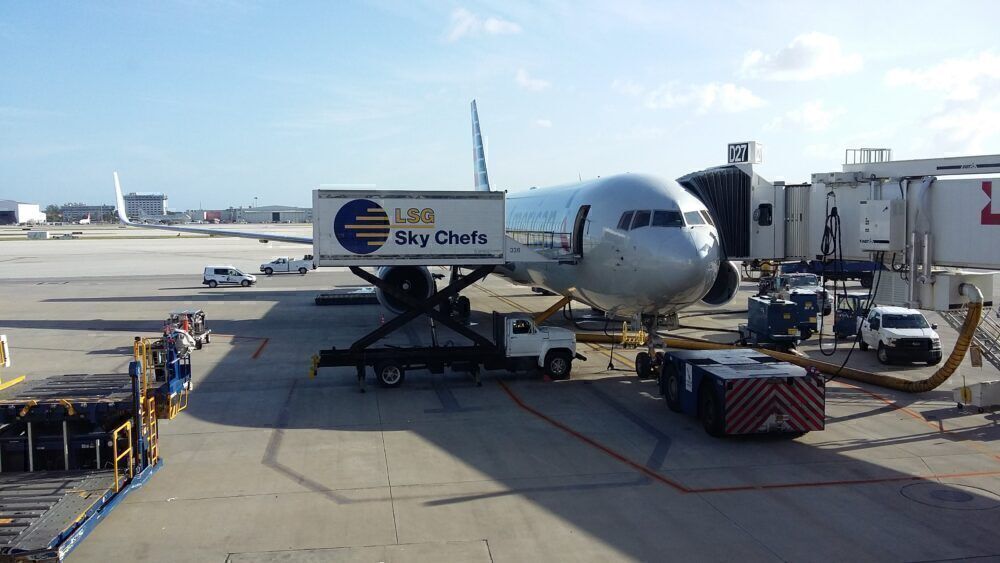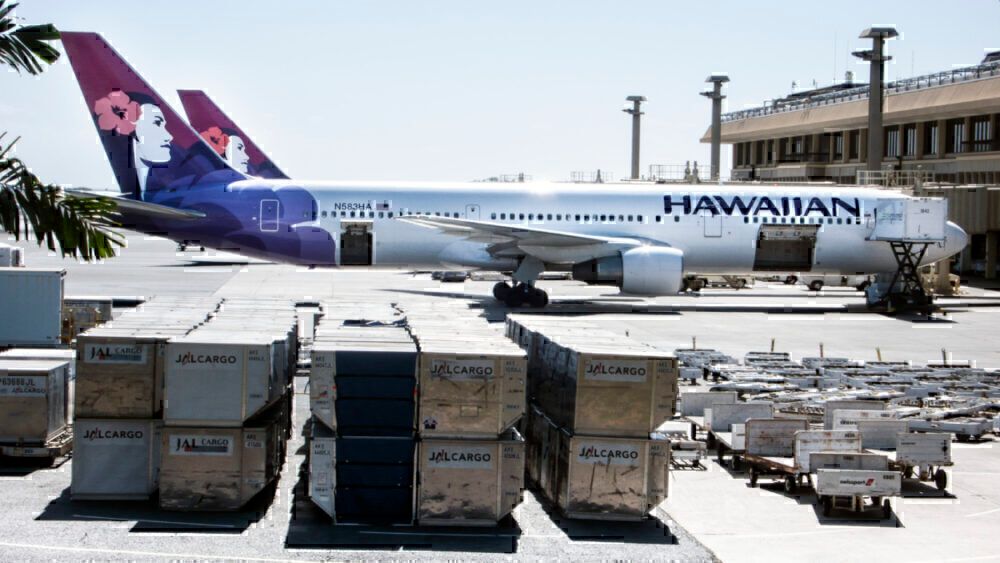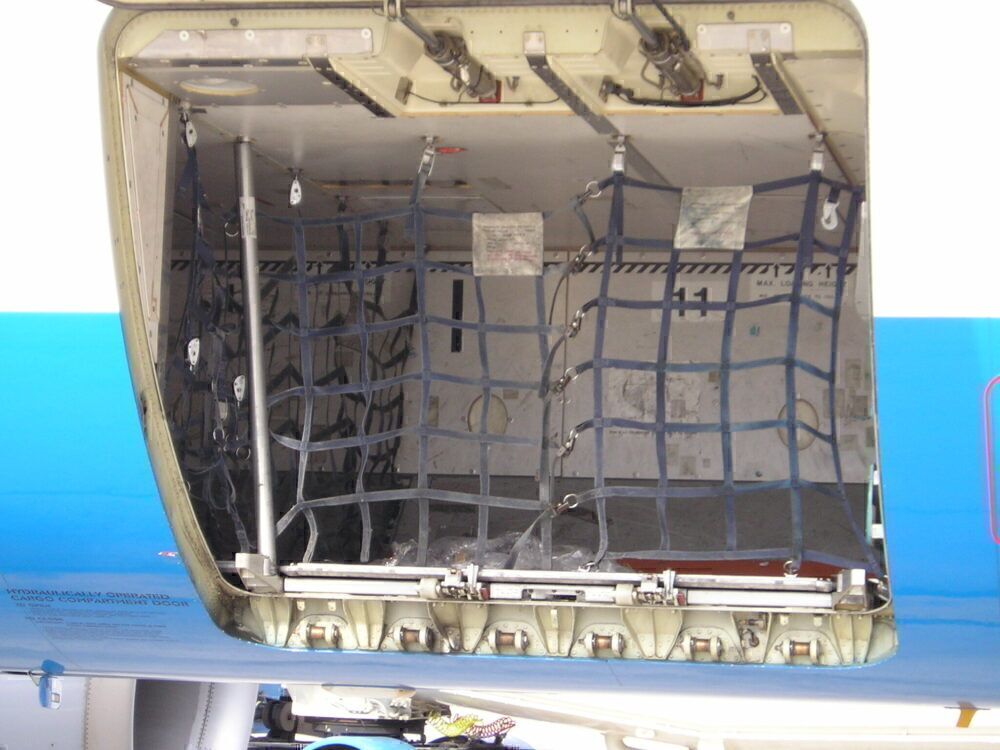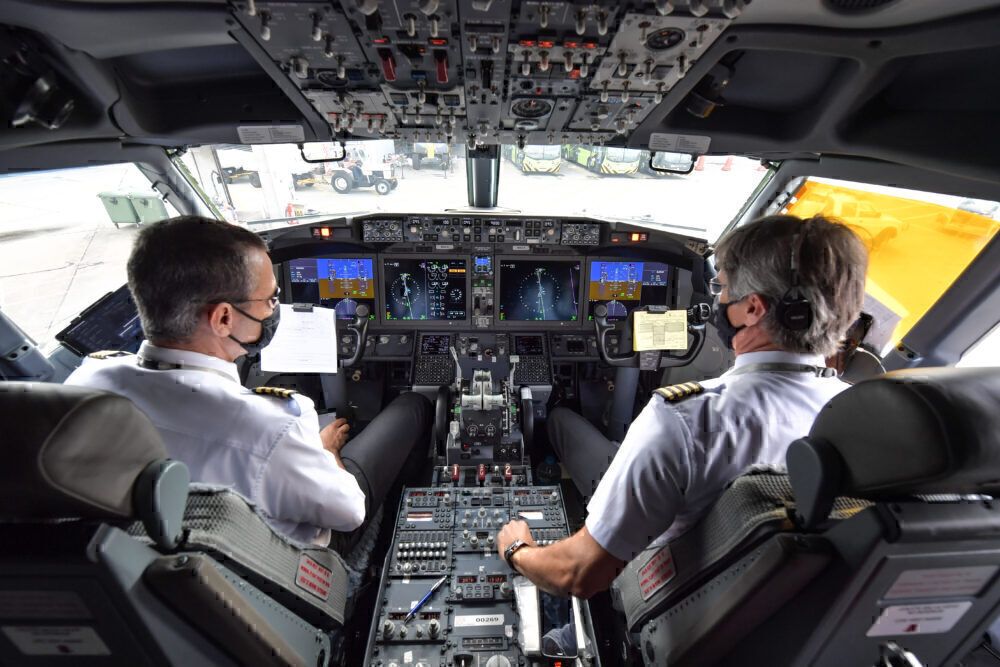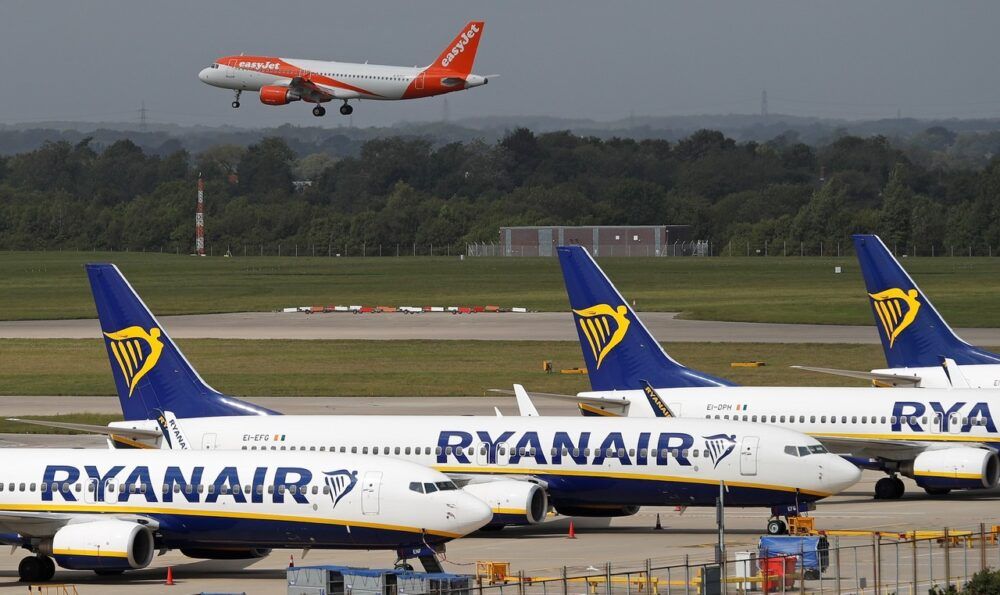The airport turnaround is a vital part of flight operations. Minimizing time at the gate is essential at busy airports and helps airlines keep aircraft flying. No one makes money when an aircraft is sitting around! Not surprisingly, the turnaround is a well-developed and meticulously orchestrated process for many airlines. We take a closer look at the steps involved.
Arriving at the gate
The turnaround process starts sometime before the aircraft arrives. An arrival gate will be assigned for the incoming aircraft, and a turnaround manager and team will prepare for arrival. Onboard, cabin crew may even start removing and storing items to speed up the turnaround - especially with fast turnaround short-haul and low-cost airlines.
After landing, pilots will taxi into the gate, lineup, and run arrival and shutdown checks. Cabin crew will prepare and open doors, and assist passengers in exiting the aircraft. They may or may not be accompanying the plane on its next flight. In any event, the turnaround activities now largely pass to ground teams.
The process, of course, differs between airlines and airports, but much is common. Heathrow airport provides a good summary of exactly what happens during a typical British Airways turnaround on its website.
Once it is safe to approach the aircraft (usually signaled by flashing red lights on the fuselage), the ground crew will start the turnaround actions. Chocks will be applied to the wheels, and external power may be connected to the aircraft (or it may remain powered by the APU).
Stay informed: Sign up for our daily and weekly aviation news digests.
Offloading the aircraft
Many tasks take place in parallel during the turnaround. Whilst passengers start exiting the cabin on one side, baggage will be unloaded from the other. Cargo will begin offloading as well if it was on the flight. And the toilet system will be emptied using an external truck.
Cabin servicing will usually start as soon as the last passenger leaves (you will surely have seen crews waiting on the jetbridge to get onboard). This is outsourced to ground agencies, leaving the crew free to take a rest. There is a lot to do, but it is a well-rehearsed process. Rubbish and used items are removed. Galleys, toilets, and seats cleaned. And the aircraft prepared with service items for the next passengers.
There are different levels of this, of course. Passengers have a much higher expectation of a refreshed cabin on a long-haul flight than a low-cost short flight. But there is still work to do. Even more so during the pandemic, where much more thorough cleaning is taking place, with the use of hospital-grade disinfectants and even chemical fogging by some airlines.
The extent of cleaning makes a big difference in turnaround time and cost. Simple Flying took an interesting look at British Airways' trial in 2019 to cut cleaning down to just rubbish removal on some short-haul flights. They reported no customer complaints but still did not take the trial further at the time.
Loading the aircraft
Another series of tasks prepare the aircraft for its next flight. During a fast turnaround, much of this will start as soon as the aircraft reaches the gate.
Catering supplies and other items will be loaded. This is what the catering trucks raising up to the right-hand side of the aircraft are doing. This loading (and unloading), in fact, almost always takes place from the right-hand side and is why the jet bridge connects to the left. The aircraft will, of course, be refueled - as this can take some time, it will usually start soon after arrival.
The next set of baggage (and cargo) will be loaded into the hold. This is likely to have been prepared well before the aircraft arrives, as much as possible. Containers are crucial for this, enabling luggage and cargo to be pre-sorted and prepared for faster loading.
These are used on widebodies, but not always on narrowbody aircraft. These are often manually loaded (known as 'bulk loading').
When the aircraft interior is prepared and crew are ready, passengers will board. The turnaround manager will hand over to the aircraft crew once tasks are complete and numbers confirmed.
Aircraft checks
Alongside the operational aspects of the turnaround, checks are carried out on the aircraft. This is the pilots' responsibility, although engineering staff could be involved if there are any issues to be checked from a previous flight.
This involves a visual exterior inspection of the aircraft (often completed by the first officer). Here, the crewmember looks for obvious damage that could have occurred during the previous flight, such as on the tires or engine housing, along with several standard checks. There can be additions, too - such as this case recently when the Australian Civil Aviation Safety Authority directed pilots to check pitot tubes for wasp blockings before flights.
Further onboard checklists are carried out before the aircraft is ready to seek clearance to leave the gate and start its next flight.
Turnaround time is critical
There is a lot to happen during a turnaround, but it can be surprisingly quick with many different teams involved. Heathrow Airports quotes 50 minutes for a standard British Airways short-haul turnaround. Low-cost airlines such as Ryanair, Wizz Air, and Southwest Airlines claim times of 25-30 minutes.
Simple Flying took a more detailed look previously at how a faster turnaround can affect airline economics. Shortening a turnaround by just eight minutes could allow one more flight per day - although low-cost carriers with those very short times can't do much more than they are already. Airlines are always looking for ways to improve this. We have seen many different strategies for passenger boarding, for example, to improve this (this can be a bottleneck in getting the times down).
Technology too is playing a part. We took a look recently, for example, at how Auckland Airport is using Airport Collaborative Decision Making (A-CDM) to improve turnaround by improving passenger flow and staff allocation across the airport.
Would you like to share any thoughts or experiences with airline turnarounds? It's not a topic we look at often, but it is an essential part of airline operations. Feel free to discuss this in the comments.

